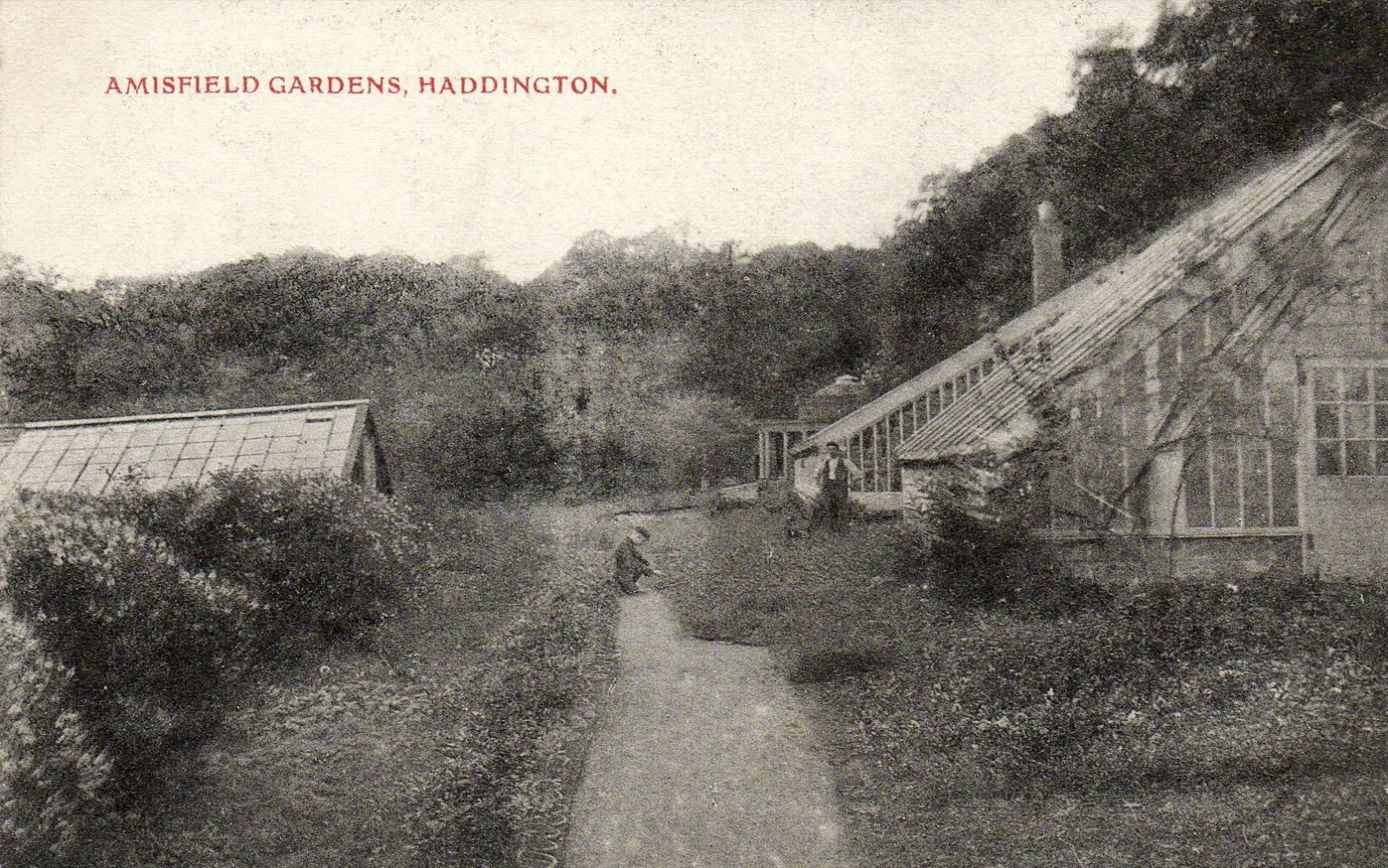The Elegance & Function of Walled Gardens in the 18th Century
Holkham the six acres of walled garden was originally laid out by Samuel Wyatt during the late 1700s.
The Rise of Walled Gardens in England
Step into the enchanting world of 18th-century England, where walled gardens reigned supreme as horticultural treasures. These meticulously designed and enclosed spaces held a special place in the hearts of garden enthusiasts, offering a sanctuary for both practical cultivation and aesthetic pleasures.
The 18th century marked a golden era for walled gardens in England. With the growth of the Georgian period and the flourishing interest in horticulture, these enclosed spaces gained popularity for their ability to create a controlled environment for plants to thrive. Walled gardens became a common feature of grand estates, serving as a testament to the wealth and sophistication of their owners.
Function and Practicality
Walled gardens were not merely ornamental landscapes but highly functional spaces meticulously designed for cultivation. The walls played a vital role, acting as protective barriers against the elements and offering shelter from strong winds. This enabled gardeners to grow plants that would otherwise struggle in the unpredictable British climate. Fruit trees, vegetables, herbs, and ornamental flowers found their home within the secure confines of these gardens, providing a bountiful harvest and a visual feast for the senses.
Design and Layout
The layout and design of the walled gardens showcased a harmonious blend of beauty and efficiency. They were often rectangular or square in shape, divided into symmetrically arranged beds or compartments. Pathways lined with meticulously pruned hedges or vibrant flower borders guided visitors through the garden, enhancing the visual appeal. The walls, typically made of brick or stone, added a sense of grandeur and privacy while acting as a heat-absorbing element, creating a microclimate conducive to plant growth.
Amisfield Walled Garden lies within Amisfield Park, an 85 hectare country estate. The park once formed the grounds of Amisfield House, a mansion built by the Earl of Wemyss in the 1750s.
Special Features and Structures
Walled gardens were often adorned with a range of structures that added both functionality and charm. Glasshouses, such as peach houses and vineries, were built within the walls to provide a controlled environment for growing delicate fruits and tender plants. Espaliered fruit trees adorned the walls, trained to grow horizontally in a decorative fashion. Other features included fountains, statues, sundials, and ornate gateways, all contributing to the overall splendor of the garden..
Colourized photos from Burderop Estate Walled Garden 1910
Wiltshire & Burderop Estate Walled Garden
In the Georgian era, Wiltshire became a hub for these exceptional gardens. The Calley family, proud owners of Burderop Estate, recognized the potential of such a garden and commissioned the construction of a 1-acre walled garden directly north of the manor house in 1731 during a significant re-building of the manor house. The manor house was made into a Palladian building by regularising the elevations, raising the building by a whole storey and adding a two-storey porch to the west. Architect Francis Smith of Warwick led the work.
In this wintery photo at Burderop Walled Garden from 1910, we are looking through the south gate. You can see the large lean-to greenhouse in the background, along with the greenhouse that we are restoring at the present, just to the left.
The centrepiece of Burderop Estate’s walled garden was the large peach house, which served as a sanctuary for cultivating delicate peach trees, harnessing the heat from the sun-trapping walls to create an optimal growing environment. This large lean-to greenhouse was one of the first steam-heated greenhouses in the region. Surrounding the peach house, numerous smaller greenhouses, also steam heated, showcased a cornucopia of exotic plants and flowers, bringing a touch of botanical marvel to the estate. Directly behind the peach house was the gardener’s Bothy, with a door into it between the peach house and greenhouse that is still standing today!
Walled Garden Sites & Resources


